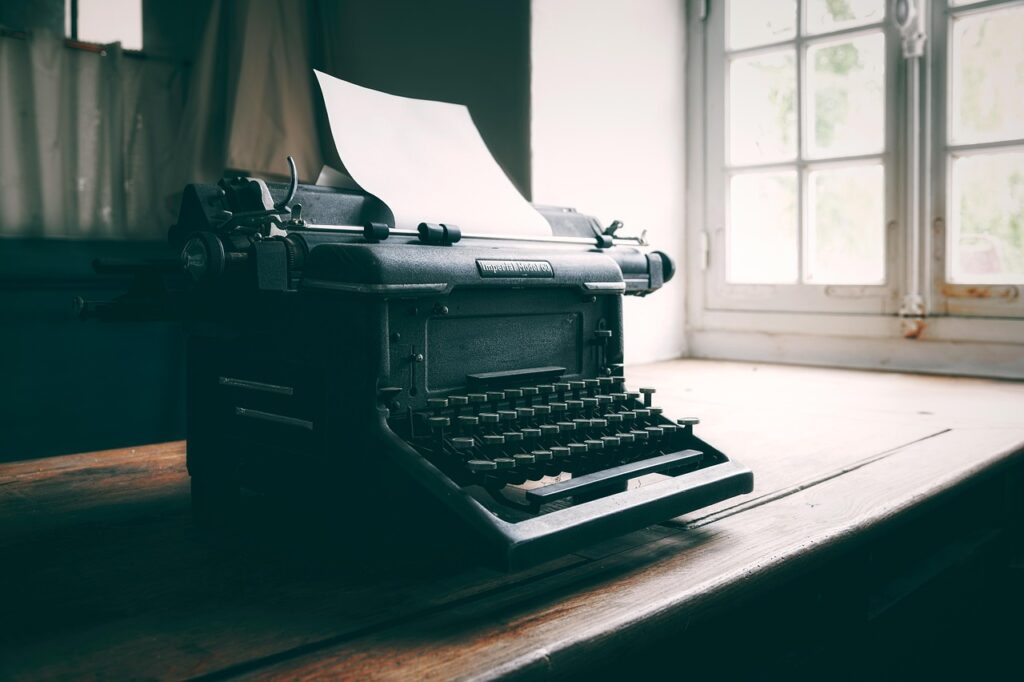
What’s the best way to write about a world that no longer exists?
That question has followed me for years, from the first time I opened a book on Mesopotamian history to the moment I started sketching the outlines of my third (Dutch) book, now in the works. It’s a book about Babylon. Not the Babylon of clichés and popular imagination, but the real, messy, deeply human Babylon of the sixth century BCE: a city caught in political, religious, and emotional turmoil, where priests still whispered the names of the gods, omens were read in the liver of a sheep, and rumours moved faster than armies.
But how do you write about such a world? How do you bring it to life without flattening it into a simple story or drowning your reader in footnotes?
That’s the challenge I’ve set for myself, and if you’ll indulge me, I’d like to tell you a bit about the road I’ve taken to try and solve it.
The original plan (and why it didn’t work)
When I started thinking about this book, I assumed I’d write it as I had done before: structured, chronological, historically grounded. One chapter on politics, one on religion, one on the city itself. A reliable, well-researched tour.
But something felt off.
This wasn’t just a history I wanted to explain — it was a moment I wanted to feel. A world that was unraveling from within. A society saturated with signs, rituals, uncertainties. A people trying to interpret their world through the fragments the gods left behind. You can’t really capture that with bullet points and timelines.
And so I began experimenting. What if I wrote it not as a neutral narrator, but as someone in conversation with the past? What if I let the story breathe, through scenes, dialogues, commentary, reflection? What if I combined rigorous historical reconstruction with literary imagination?
The result is a hybrid book: still deeply grounded in scholarship, but shaped by storytelling and atmosphere. A book where you’ll find ancient texts alongside fictional reimaginings. Where the narrator reflects openly on his own doubts. Where silence, absence, and uncertainty aren’t problems to be solved but part of the experience.
What the book tries to do
The story is set in the final days of the Neo-Babylonian Empire, just before and during the conquest by Cyrus the Great in 539 BCE. But this isn’t a book about Cyrus. It’s about the Babylonians, or more precisely, about how it might have felt to have your world view shocked to the core.
It follows Bēlšunu, a high priest in Babylon, as he tries to make sense of the signs around him: divine, political, personal. His world is in flux, but meaning still matters. Through rituals, silence, memories, and questions no one dares ask aloud, he searches for order in a time when even the gods seem uncertain.
But it’s also about the narrator – about me, in a way – trying to make sense of the fragments we have, and the even larger silences. It’s about the questions we ask of the past, and what those questions say about us. It’s about the difficulty of truly imagining another world, and why we try anyway.
Why this format?
I chose this format because I believe some things can’t be explained: they have to be experienced. I wanted to invite the reader into the confusion, fear, wonder, and beauty of a world that knew how to read signs but not always how to interpret them. I wanted to give a sense of what people might have seen, feared, misunderstood. And I wanted to show how, even in times of uncertainty, meaning is still made: through rituals, dreams, arguments, and stories.
It’s not a novel. But it’s also not a conventional history book. It’s somewhere in between: a literary-historical experiment.
And you?
If you’ve ever wondered what it was like to live in a city like Babylon – not as a tourist or historian, but as someone in the thick of it – I hope this book will speak to you. And if you’re curious about how we can use storytelling to think about the past more deeply, I think you’ll find something here too.
I’ll be sharing more about the book as I go: scenes, themes, character sketches, and the choices I’ve made (or struggled with) along the way. And I’d love to hear your thoughts as well.
Thanks for being here.
Daan